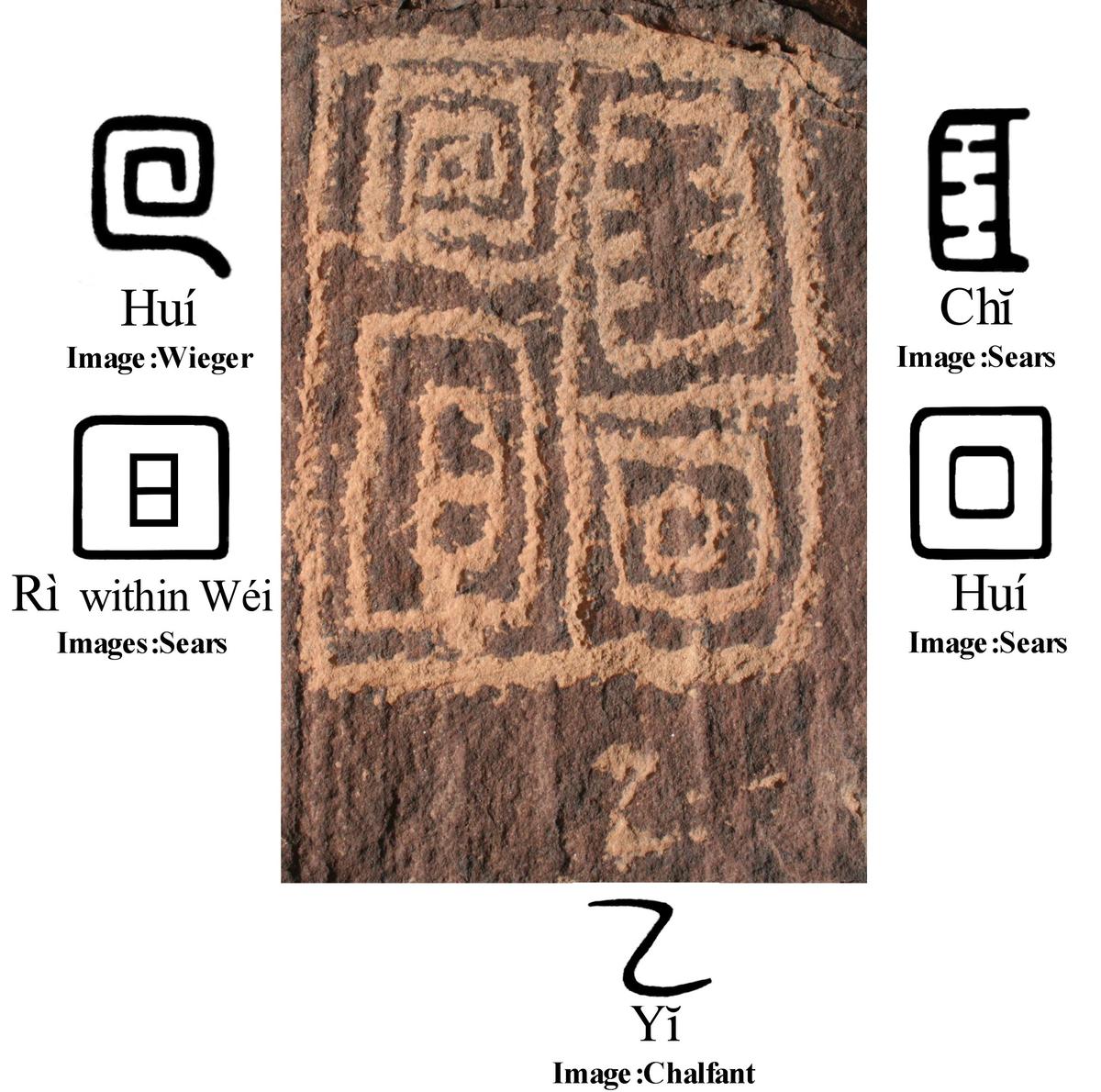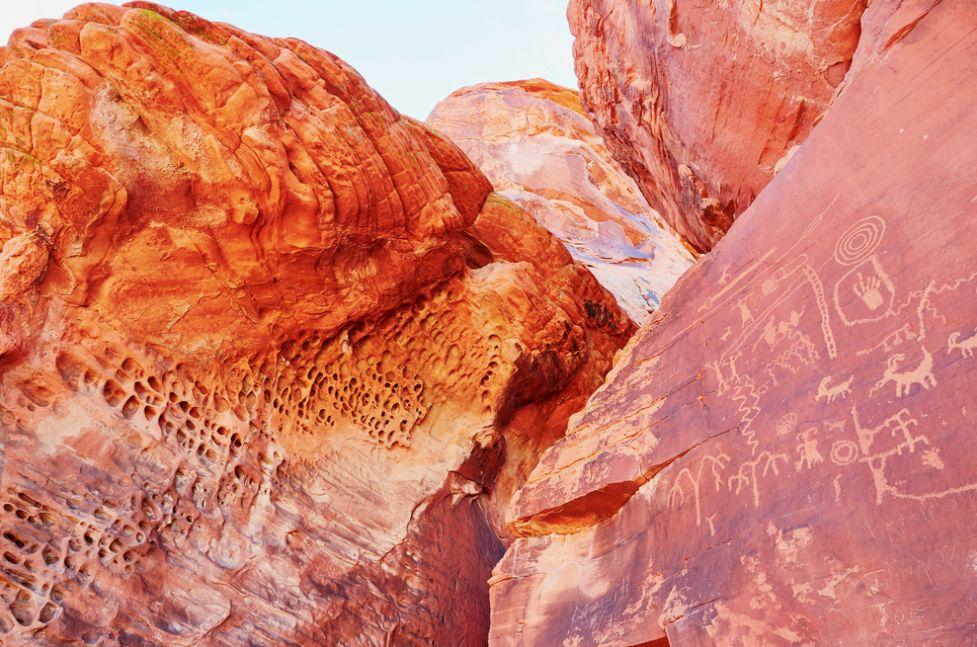Petroglyphs found across North America have suggested that ancient Chinese explorers made contact with Native Americans. Yaoliang Song, a professor at the East China Normal University in Shanghai who has studied petroglyphs as a visiting scholar at Harvard University, recently announced that he supports the interpretation that the petroglyphs are of ancient Chinese origin.
John A. Ruskamp Jr., Ed.D., has led the research on the petroglyphs over the past few years, enlisting the help of experts such as David N. Keightley, Ph.D., who is considered by many to be the leading analyst in America of early Chinese oracle-bone writings.
Keightley has, for example, said the script of a petroglyph Ruskamp found on a private ranch in Arizona matches Chinese oracle-bone writings from the Shang Dynasty (ca. 1600 to 1050 B.C.). Keightley translated the message written on the rock in Arizona: “Set apart (for) 10 years together; declaring (to) return, (the) journey completed, (to the) house of the Sun; (the) journey completed together.”






